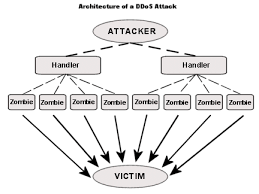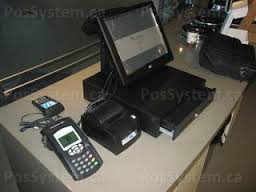June 17, 2016
As warmer weather approaches, millions of Americans will be traveling on summer getaways. Regardless of where you are heading on your vacation, chances are that you will pack connected mobile devices like smartphones and tablets. Once on vacation, most travelers will connect to Wi-Fi to find local hotspots, navigate new cities and countries, and share photos of their trips with family and friends back home.
Public Wi-Fi networks can now be found almost everywhere and make it easy for anyone to connect to the Internet no matter where they are.











